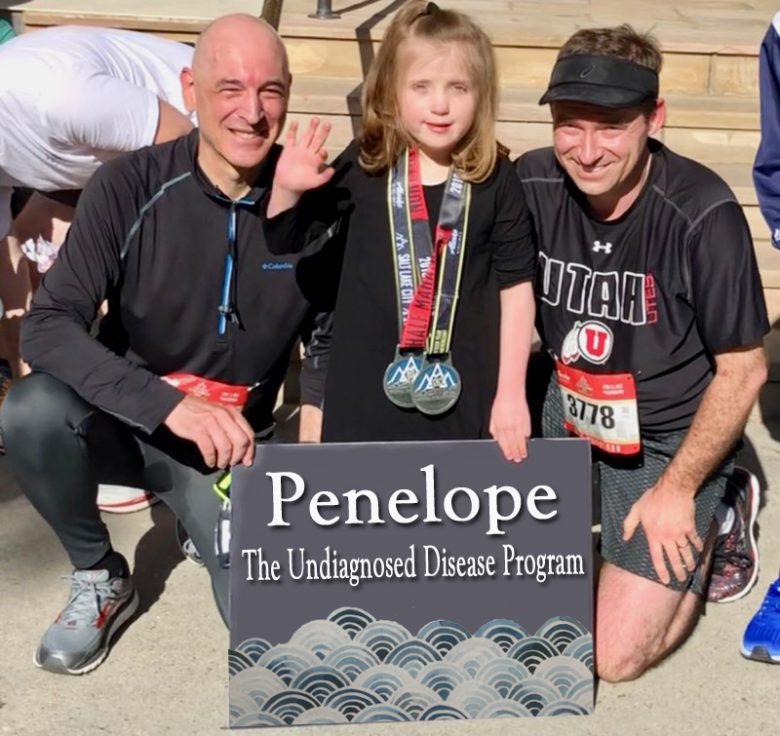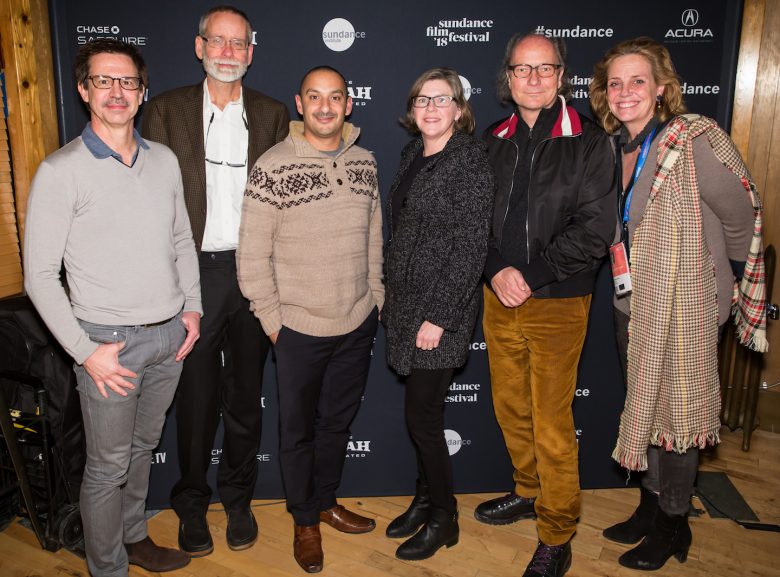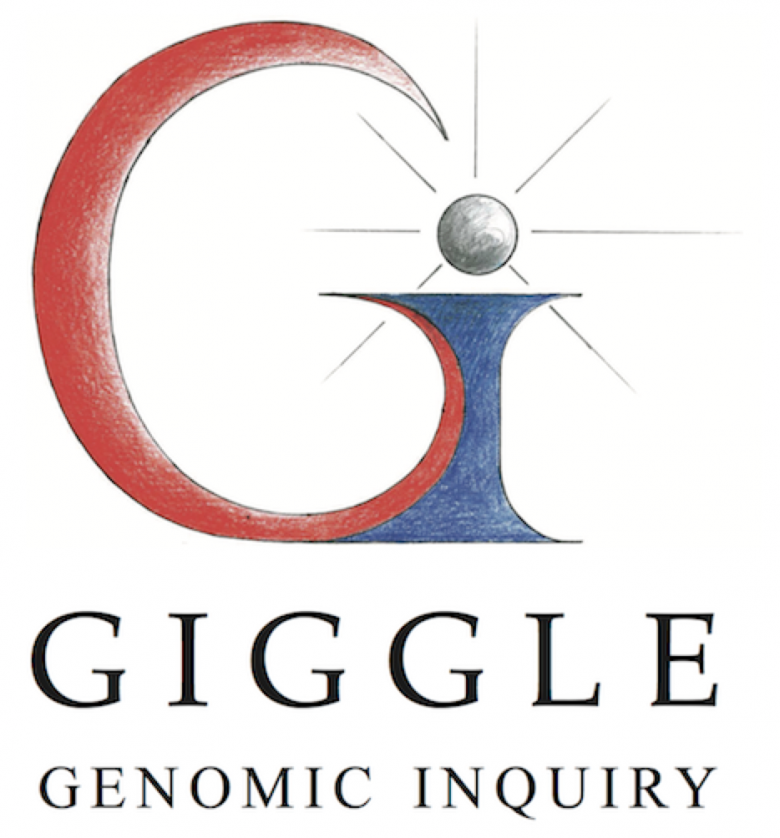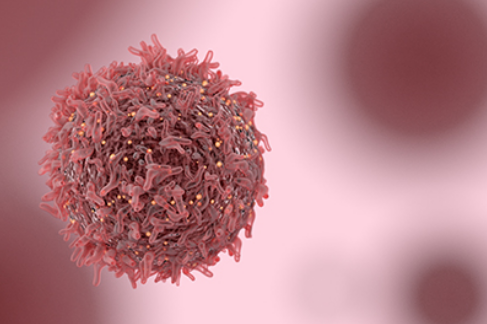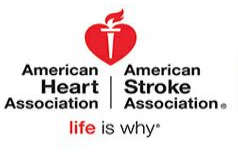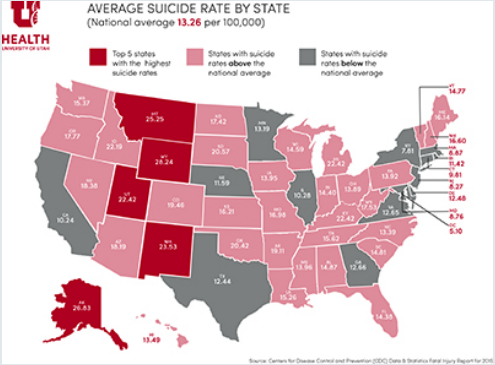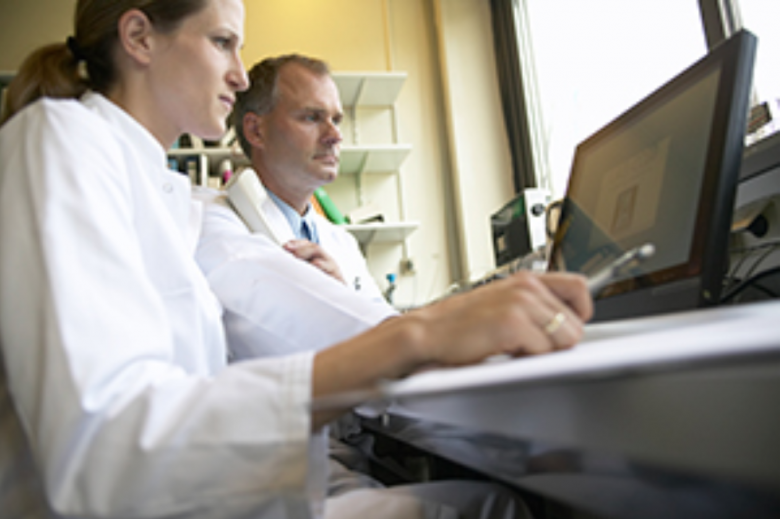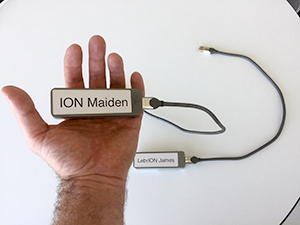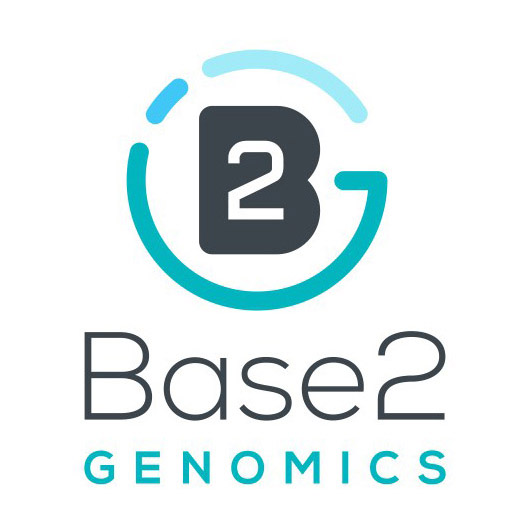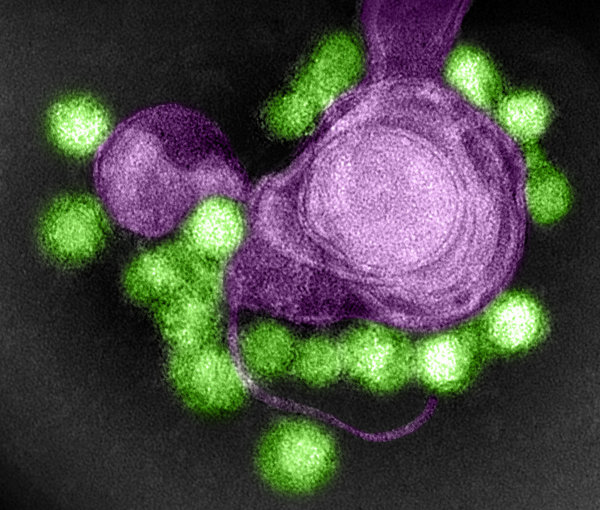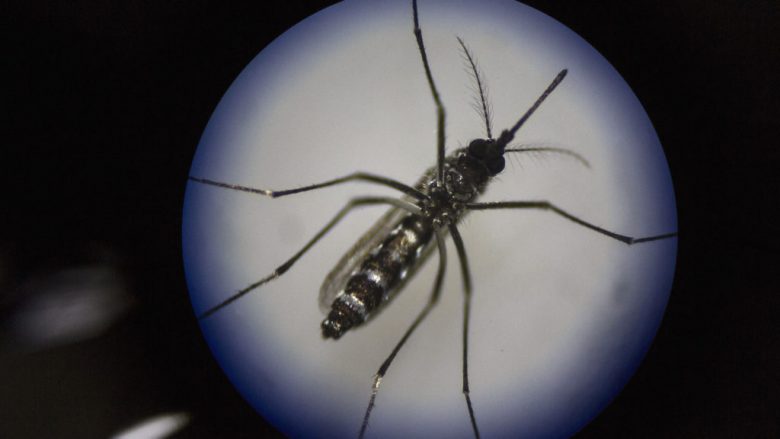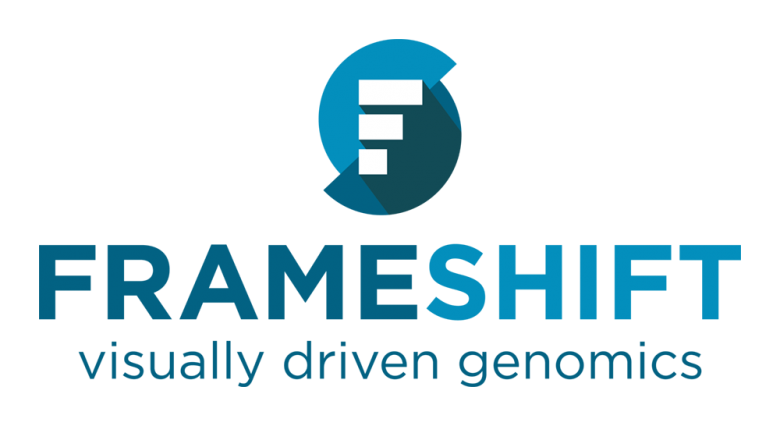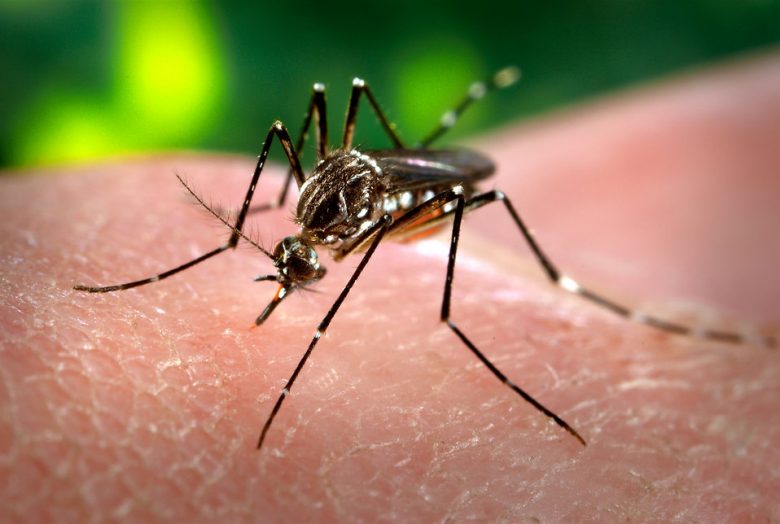September 25, 2018 Scientists from the USTAR Center for Genetic Discovery are working with Dr. Lorenzo Botto, Professor of Pediatrics at U of U Health, to find answers…
Read More
August 13, 2018 Aaron Quinlan and Gabor Marth from the USTAR Center for Genetic Discovery, use computational tools to find mutations responsible for early infantile epileptic encephalopathy.
April 23, 2018 Local events are a great way to get involved in genomics research. Participate in a local fun run to support Utah’s Penelope Undiagnosed Disease Clinic.
March 16, 2018 Deb Neklason, Marcus Pezzolesi and John Bohnsack from the University of Utah are collaborating with Janssen Research and Development LLC to study colorectal cancer, diabetic…
Read More
January 31, 2018 Mark Yandell, PhD, Professor of Human Genetics and Co-Director of the USTAR Center for Genetic Discovery, along with University of Utah collaborators and fellow UGP…
Read More
January 31, 2018 BBC News reports on the latest technological device used to sequence the human genome.
January 29, 2018 Ryan Layer, Ph.D., senior postdoctoral fellow in Aaron Quinlan’s lab at the Department of Human Genetics at U of U Health and the USTAR Center for…
Read More
January 29, 2018 Aaron Quinlan, PhD, Associate Professor of Human Genetics and Co-Director of the USTAR Center for Genetic Discovery, and his graduate student, Tom Sasani, develop a…
Read More
December 7, 2017 Dr. Mark Yandell and collaborators, Drs. Martin Tristani-Firouzi and H. Joseph Yost, take part in a large national “Bench-to-Bassinet” NIH consortium to study congenital heart…
Read More
November 13, 2017 Yi Qiao, PhD, in the Department of Human Genetics and the USTAR Center for Genetic Discovery uses a computer algorithm to help clinicians treat cancer more effectively.
November 3, 2017 Watch this American Heart Association video of U of U researchers discussing the importance of understanding the causes of congenital heart disease.
November 3, 2017 Researchers at the U of U, in collaboration with Janssen Research and Development LLC, search genetic clues to better understand the relationship between suicidal behavior and psychiatric conditions.
October 2, 2017 Drs. Gabor Marth and Martin Tristani-Firouzi use a software tool, iobio, to assist doctors with providing clinical care based on information found within their patient’s DNA.
August 7, 2017 Mark Yandell, Ph.D., professor of human genetics and director of the USTAR Center for Genetic Discovery has created new tools, CAE and WARP, to uncover…
Read More
July 13, 2017 The Quinlan Laboratory is using the diminutive MinION genome sequencing device to study viral genome evolution.
June 22, 2017 Dr. Yandell and Dr. Quinlan from the USTAR Center for Genetic Discovery were awarded a grant from the American Heart Association to use innovative data science technologies to uncover the genetic and environmental causes of congenital heart disease.
June 6, 2017 Local news feature describing how The Utah Science, Technology, and Research (USTAR) Initiative of the state of Utah is promoting the growth of high tech industries in Utah.
April 10, 2017 Mark Yandell, PhD, discussed the roles that VAAST and PHEVOR played in launching the Utah Genome Project.
March 21, 2017 Using three different software technologies including pVAAST and VAAST, developed at the USTAR Center for Genetic Discovery at the University of Utah, investigators discovered a mutation in one gene, POLR2C, linked to a higher risk of premature menopause.
January 6, 2017 Base2 Genomics has won a USTAR Technology Acceleration award to commercialize their platform for whole genome diagnostics with proprietary technologies for accurate CNV and SV discovery and interpretation. Read more in this Gephart Daily local news feature.
September 30, 2016 This week’s report in New England Journal of Medicine of two unusual Utah Zika cases raises questions about Zika virus transmission and virulence. Read about it in this NPR news feature.
September 29, 2016 A Utah man died of Zika virus infection and passed the virus to his son who cared for him in the hospital, according to a new report published in…
Read More
September 29, 2016 Frameshift Labs, LLC announces that it has secured NIH support to develop commercial software for visually driven genome analysis.
September 29, 2016 Researchers at University of Utah and ARUP Laboratories describe the first Zika virus-related death in the US. Published yesterday in the New England Journal of Medicine.



